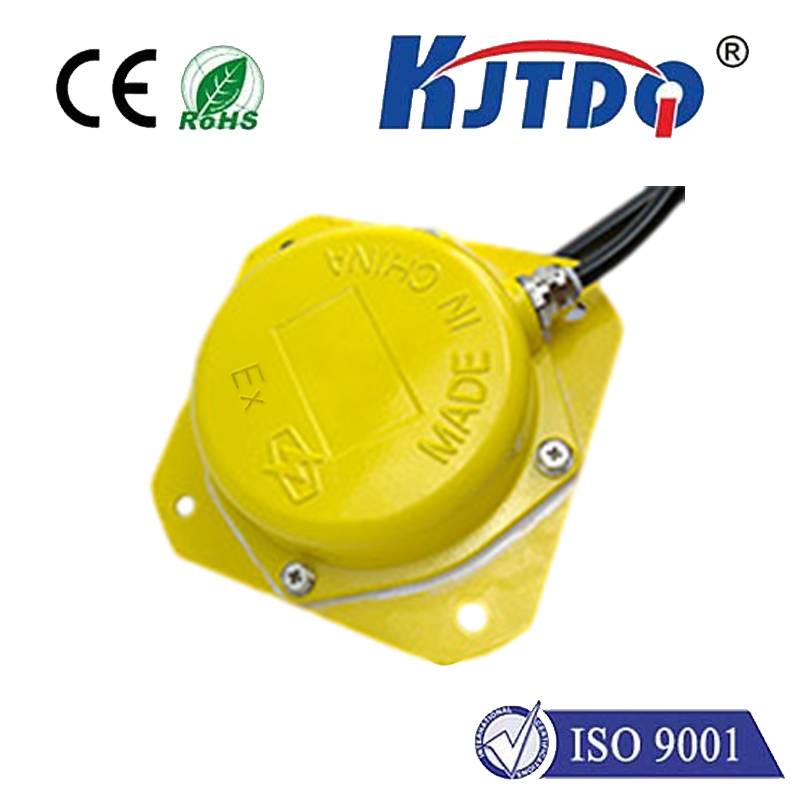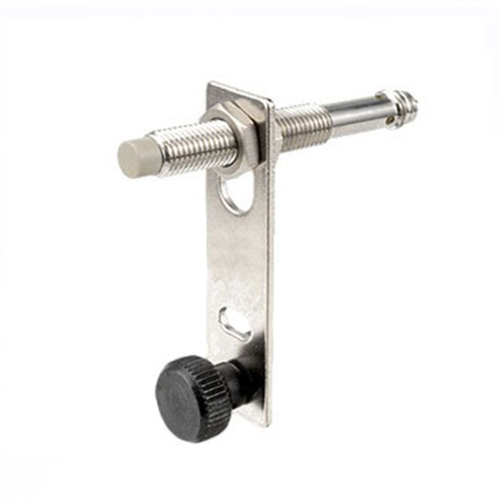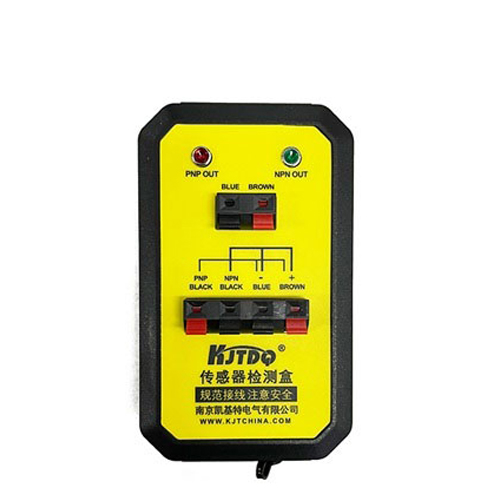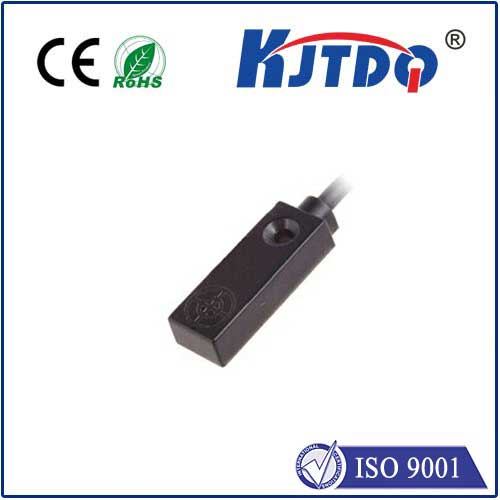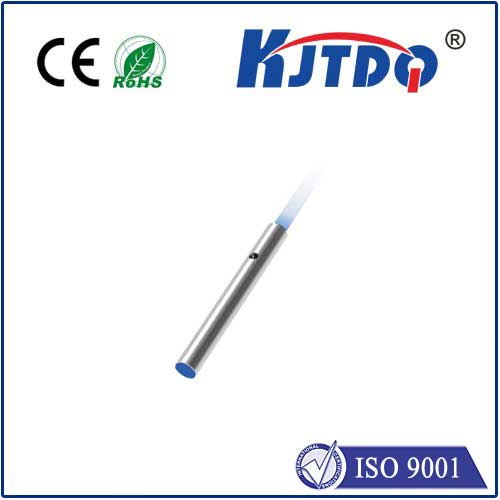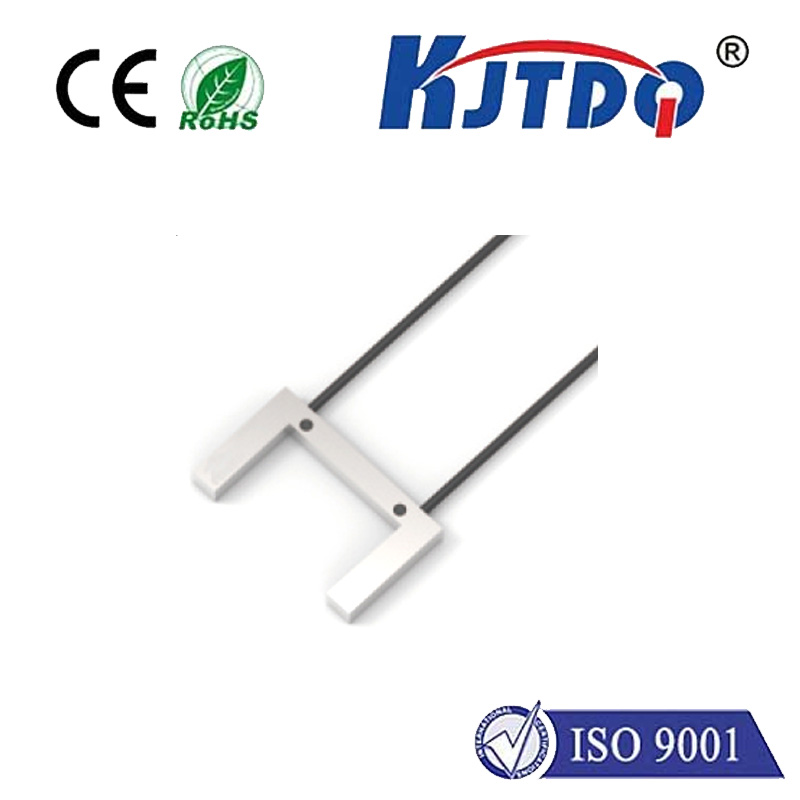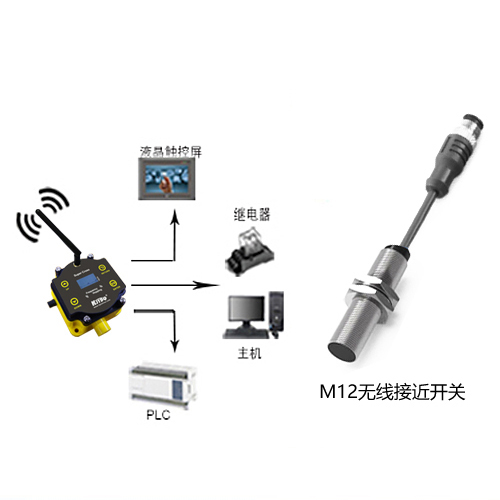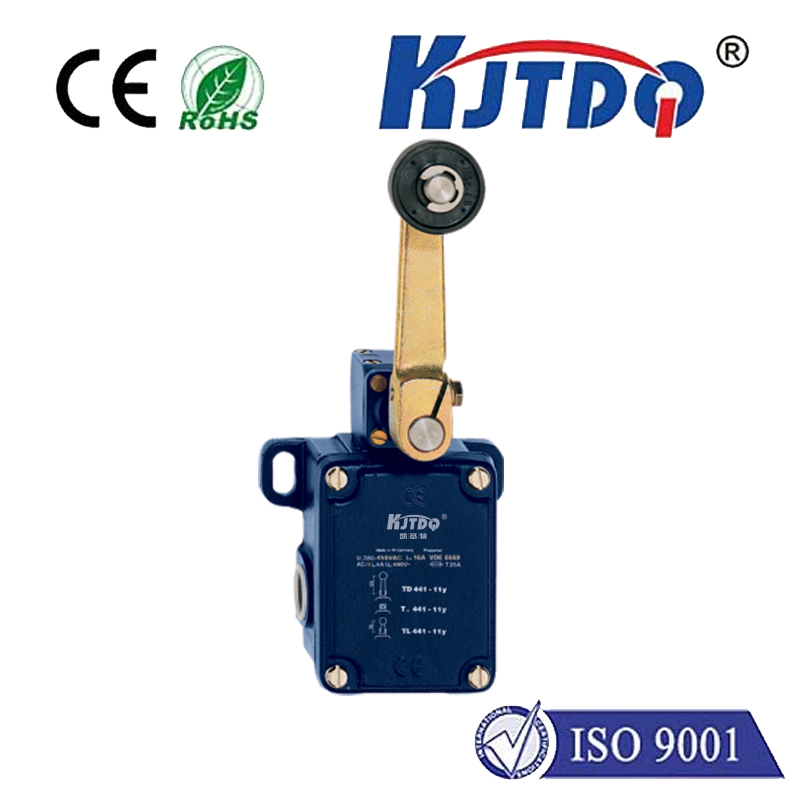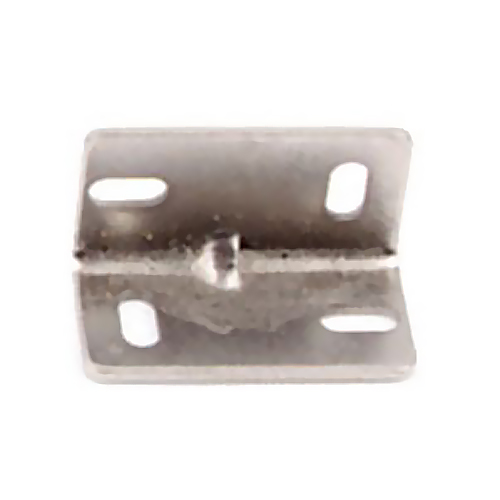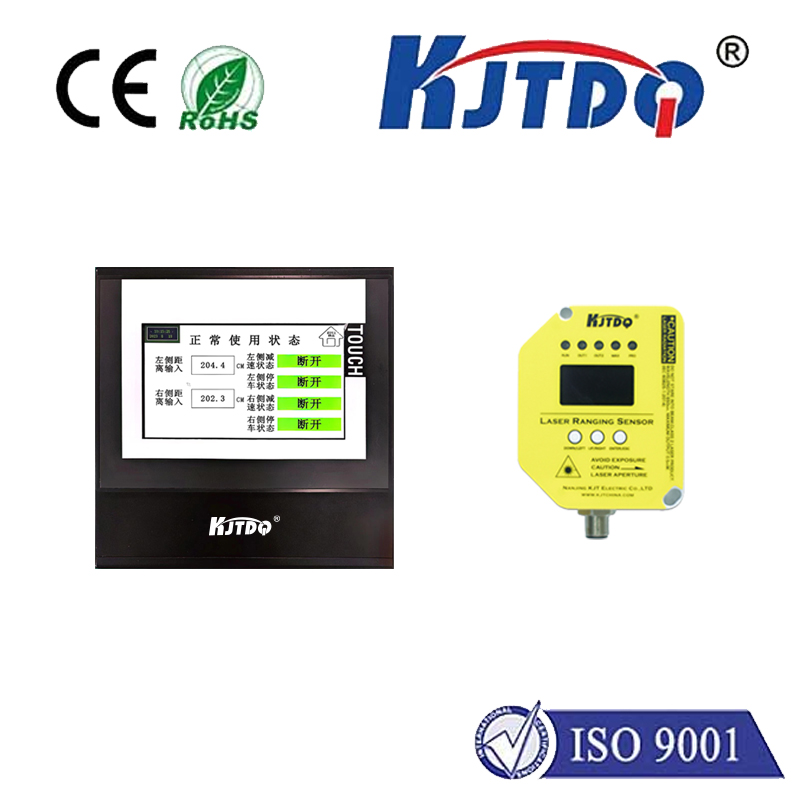HQL-52996LBT Pull rope switch
- time:2025-09-23 03:59:24
- Click:0
Industrial Safety Unlocked: The Critical Role of the HQL-52996LBT Pull Rope Switch
Imagine a split-second scenario on a busy factory floor or a sprawling mine conveyor system: a potential entanglement hazard, a sudden equipment malfunction, a worker in immediate danger. In these critical moments, reliable, accessible emergency stopping isn’t just beneficial – it’s absolutely vital for preventing catastrophic injury and damage. This is where robust engineered safety devices like the HQL-52996LBT Pull Rope Switch step into the spotlight, acting as a crucial lifeline designed for rapid, manual intervention when every millisecond counts.
Often referred to simply as a pull cord switch or emergency stop switch, this device serves one primary, non-negotiable function: providing an immediate and effective means to halt machinery operation along its entire length with a single, decisive pull action on the rope. Positioned strategically along conveyors, processing lines, lifts, or other extended machinery, the pull rope switch ensures that personnel can trigger an emergency stop from almost any point adjacent to the hazard zone. Its core design philosophy centers on accessibility and speed of response.
Decoding the Significance of HQL-52996LBT
The alphanumeric designation “HQL-52996LBT” is far more than just a random label; it serves as a specific identifier carrying essential information about this particular switch’s features, specifications, and compatibility within a manufacturer’s range. While interpretations can vary slightly between brands, such codes typically indicate:

- HQL: Likely signifies a series or family of safety switches within the manufacturer’s catalog.
- 52996: A unique product identification number.
- L: Often denotes configuration options, potentially indicating a specific terminal arrangement, enclosure type, or actuation method relevant to the pull rope mechanism.
- BT: May specify the voltage rating (e.g., 24VDC, 110VAC, 240VAC) or specific auxiliary contacts included within the switch assembly.
Understanding this nomenclature helps engineers, maintenance personnel, and procurement specialists ensure they select the precisely correct component for a specific application’s safety requirements and electrical characteristics. The HQL-52996LBT represents a specific combination engineered for reliability in demanding conditions.
Core Function: How the HQL-52996LBT Pull Rope Switch Safeguards Operations
The operational principle is elegantly simple yet profoundly effective:
- Run State: Under normal operating conditions, the pull rope is taut. Switch contacts within the HQL-52996LBT housing are held in their “run” position (normally closed contacts closed, normally open contacts open, or vice-versa depending on safety circuit design – typically opening the safety circuit is the stop action).
- Emergency Activation: When the overhead rope cable is pulled downward at any point along its length – either deliberately as an emergency stop or accidentally due to an obstruction or entanglement – it triggers the mechanical latching mechanism inside the HQL-52996LBT units spaced along the rope run.
- Circuit Interruption: This mechanical actuation instantly forces the internal safety contacts within the switch to change state. Crucially, this action opens the circuit supplying power to the machine’s control system or motor starter, causing an immediate and positive shutdown of the dangerous motion.
- Manual Reset: After the hazardous situation is resolved and the cause of the stop addressed, the HQL-52996LBT requires a manual reset. This typically involves physically unlocking or rotating a reset knob on the switch housing. This step is essential safety practice, preventing machinery from restarting automatically and ensuring conscious confirmation of safety before operations resume.
Where the HQL-52996LBT Pulls Its Weight: Key Applications
This switch is indispensable in environments where long stretches of moving machinery pose continuous risks. Common critical applications include:
- Conveyor Systems: Belt conveyors, roller conveyors, bucket elevators (especially along walkways).
- Material Handling Plants: Transfer chutes, sortation systems, large-scale packaging lines.
- Mining & Quarrying: Crushers, screening plants, long-haul conveyors transporting ore or aggregate.
- Power Generation: Coal handling plants, ash conveyor systems.
- Manufacturing: Production lines with extensive automated material movement.
Designing an Effective Pull Rope Safety System
Simply installing switches isn’t sufficient; the entire system must be engineered for optimal effectiveness. Key design considerations using the HQL-52996LBT Pull Rope Switch must include:
- Height & Accessibility: The rope should be positioned within easy reach (typically 600mm - 1800mm above walkway level), considering operator height and potential obstructions.
- Maximum Spacing Between Switches: The distance between consecutive HQL-52996LBT units must be calculated to ensure the rope deflection when pulled anywhere along the span is sufficient to reliably trigger the nearest switch. This distance depends on rope type and switch sensitivity but is often around 30-40 meters.
- Rope Tension & Material: The pull rope must maintain consistent, proper tension. Stainless steel wire rope is common for durability and low stretch. Regular inspection for wear and corrosion is mandatory.
- Mounting: HQL-52996LBT units must be securely mounted to withstand vibration, shock, and potential accidental impacts. Enclosure integrity is vital.
- Wiring & Circuit Integration: Must be wired according to relevant safety standards (e.g., IEC 60204-1, NFPA 79) into the machine’s safety relay or safety PLC circuit, ensuring a redundant, monitored safety function that fails safely.
Under the Hood: Typical Features of a Robust Pull Rope Switch
The HQL-52996LBT is engineered for harsh industrial realities. Common features enhancing its reliability include:
- Sturdy Enclosure: Often heavy-duty cast aluminum or robust polycarbonate, offering significant impact resistance.
- High IP Rating (e.g., IP65, IP66, IP67): Critical protection against the ingress of dust, dirt, and water, essential for environments like mining, cement plants, or food processing. IP66 is a common standard, meaning total dust-tightness and protection against powerful water jets.
- Mechanically Latched Operation: Ensures the switch remains in the “trip” state after activation until deliberately reset, preventing auto-restart hazards.
- Positive Break Contacts: Contacts are designed to physically snap open with authority, guaranteeing circuit interruption even if welded under extreme conditions (common safety requirement, often SIL2/SIL3 or Cat.3/Cat.4).
- Self-Cleaning Contacts: Minimizes the risk of contact failure due to contamination.
- Dual Micro-Switches (Common): Provides redundancy within the unit – both switches must change state to confirm the stop command, enhancing diagnostic capability and overall reliability.
- Robust Actuation Arm: Designed to reliably transfer rope pull force into the internal latching mechanism.
- Clear Visual Indicators: Often a brightly colored flag (e.g., yellow/black) that pops out when tripped, providing immediate visual confirmation of the activation point from a distance.
The HQL-52996LBT Pull Rope Switch embodies a fundamental principle of industrial safety: providing a fast, universally accessible, and highly reliable means for personnel to stop dangerous motion immediately. Its specific designator signifies a device built to exacting standards, capable of withstanding demanding environments and performing flawlessly when lives depend on it. Integrating these switches correctly, adhering to spacing, tension, and wiring requirements, is paramount. In the ever-present pursuit of safer workplaces, the HQL-52996LBT is more than just a component; it’s a critical safeguard, empowering personnel to react instantly to danger. Choosing a proven, reliable






